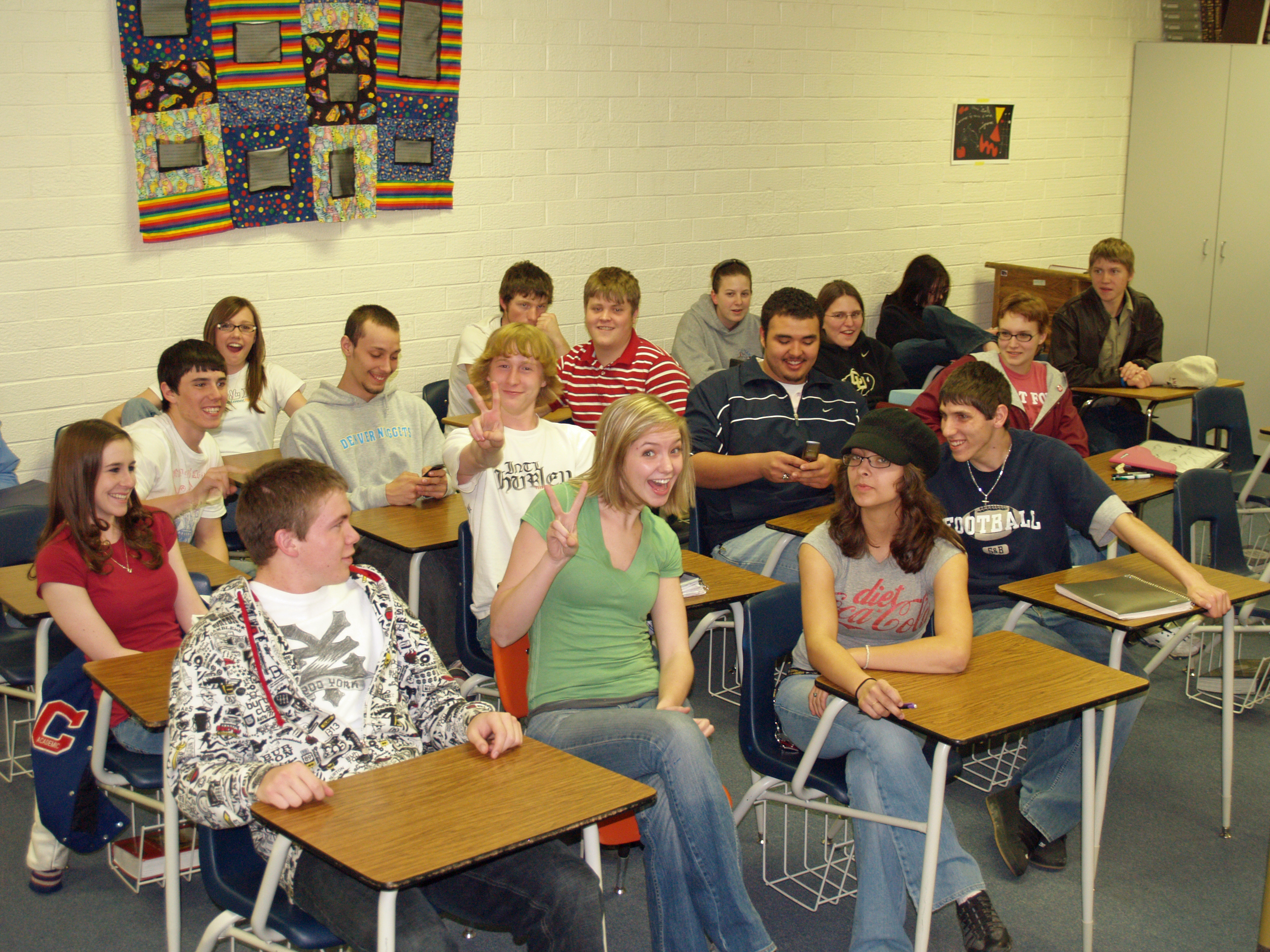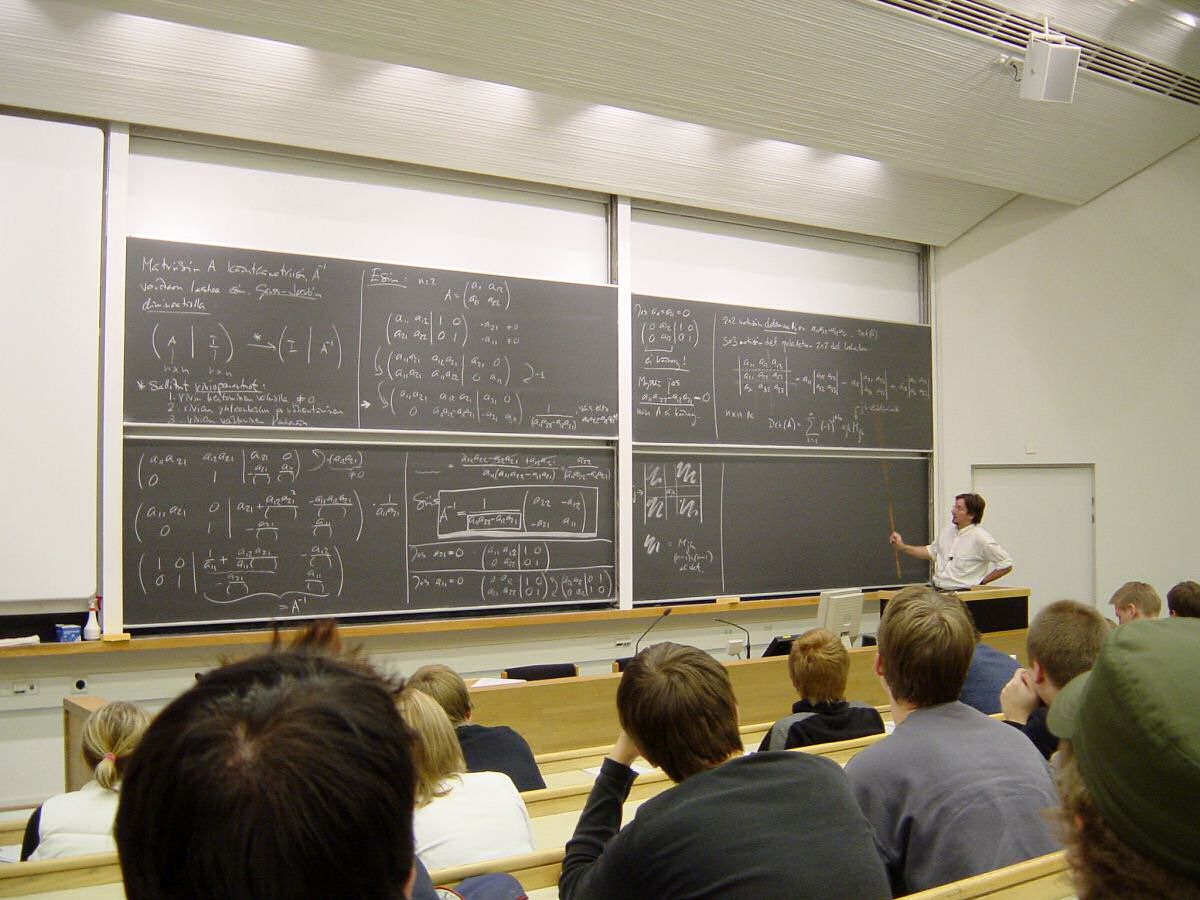|
ISCED
The International Standard Classification of Education (ISCED) is a statistical framework for organizing information on education maintained by the United Nations Educational, Scientific and Cultural Organization (UNESCO). It is a member of the international family of economic and social classifications of the United Nations. History The ISCED was designed in the early 1970s to serve as an instrument suitable for assembling, compiling and presenting statistics of education both within individual countries and internationally. The first version, known as ISCED 1976, was approved by the International Conference on Education (Geneva, 1975), and was subsequently endorsed by UNESCO's 19th General Conference in 1976. The second version, known as ISCED 1997, was approved by the UNESCO General Conference at its 29th session in November 1997 as part of efforts to increase the international comparability of education statistics. It covered primarily two cross-classification variables: ' ... [...More Info...] [...Related Items...] OR: [Wikipedia] [Google] [Baidu] |
Secondary Education
Secondary education is the education level following primary education and preceding tertiary education. Level 2 or ''lower secondary education'' (less commonly ''junior secondary education'') is considered the second and final phase of basic education, and level 3 ''upper secondary education'' or ''senior secondary education'' is the stage before tertiary education. Every country aims to provide basic education, but the systems and terminology remain unique to them. Secondary education typically takes place after six years of primary education and is followed by higher education, vocational education or employment. In most countries secondary education is compulsory education, compulsory, at least until the age of 16. Children typically enter the lower secondary phase around age 12. Compulsory education sometimes extends to age 20 and further. Since 1989, education has been seen as a basic human right for a child; Article 28, of the Convention on the Rights of the Child states ... [...More Info...] [...Related Items...] OR: [Wikipedia] [Google] [Baidu] |
Upper Secondary School
A secondary school, high school, or senior school, is an institution that provides secondary education. Some secondary schools provide both ''lower secondary education'' (ages 11 to 14) and ''upper secondary education'' (ages 14 to 18), i.e., both levels 2 and 3 of the ISCED scale, but these can also be provided in separate schools. There may be other variations in the provision: for example, children in Australia, Hong Kong, and Spain change from the primary to secondary systems a year later at the age of 12, with the ISCED's first year of lower secondary being the last year of primary provision. In the United States, most local secondary education systems have separate middle schools and high schools. Middle schools are usually from grades 6–8 or 7–8, and high schools are typically from grades 9–12. In the United Kingdom, most state schools and privately funded schools accommodate pupils between the ages of 11 and 16 or between 11 and 18; some UK private sc ... [...More Info...] [...Related Items...] OR: [Wikipedia] [Google] [Baidu] |
Basic Education
According to the International Standard Classification of Education (ISCED), basic education comprises the two stages primary education and secondary education, lower secondary education. Universal basic education Basic education featured heavily in the 1997 ISCED document, but the term was not included in the glossary. Each country interpreted the term in different ways, and leading up to the 2011 revision, a discussion paper was issued to seek clarification. In most countries, ISCED 1 corresponds to the nationally designated primary education, and basic education includes that and also ISCED 2 lower secondary education (the lower level of secondary school). In other countries, where there is no break between primary and lower secondary education, “basic education” covers the entire compulsory school period. For statistical reasons, ISCED 1 is then considered to be the first six years of schooling. Universal basic education is regarded as a priority for developing countrie ... [...More Info...] [...Related Items...] OR: [Wikipedia] [Google] [Baidu] |
International Standard Classification Of Occupations
The International Standard Classification of Occupations (ISCO) is a system developed by the International Labour Organization (ILO) to classify and organize occupations into a structured hierarchy. It serves to facilitate international communication about occupations by providing a framework for statisticians to make internationally comparable occupational data available. The ILO describes the purpose of the ISCO as:seek[ing] to facilitate international communication about occupations by providing statisticians with a framework to make internationally comparable occupational data available, and by allowing international occupational data to be produced in a form that can be useful for research as well as for specific decision-making and action-oriented activities.According to the ILO, a job is defined as "a set of tasks and duties performed, or meant to be performed, by one person, including for an employer or in self-employment." Occupation refers to the kind of work performed ... [...More Info...] [...Related Items...] OR: [Wikipedia] [Google] [Baidu] |
Tertiary Education
Tertiary education (higher education, or post-secondary education) is the educational level following the completion of secondary education. The World Bank defines tertiary education as including universities, colleges, and vocational schools. ''Higher education'' is taken to include undergraduate and postgraduate education, while vocational education beyond secondary education is known as ''further education'' in the United Kingdom, or included under the category of ''continuing education'' in the United States. Tertiary education generally culminates in the receipt of Academic certificate, certificates, diplomas, or academic degrees. Higher education represents levels 5, 6, 7, and 8 of the ISCED#2011 version, 2011 version of the International Standard Classification of Education structure. Tertiary education at a nondegree level is sometimes referred to as further education or continuing education as distinct from higher education. UNESCO stated that tertiary education focu ... [...More Info...] [...Related Items...] OR: [Wikipedia] [Google] [Baidu] |
Educational Stages
Educational stages are subdivisions of formal learning, typically covering early childhood education, primary education, secondary education and tertiary education. The United Nations Educational, Scientific and Cultural Organization (UNESCO) recognizes nine levels of education in its International Standard Classification of Education (ISCED) system (from Level 0 (pre-primary education) through Level 8 (doctoral)). UNESCO's International Bureau of Education maintains a database of country-specific education systems and their stages. Some countries divide levels of study into grades or Form (education), forms for school children in the same year. Organization Education during childhood and early adulthood is typically provided through either a two- or three-stage system of childhood school, followed by additional stages of higher education or vocational education for those who continue their formal education: *Early childhood education at preschool, nursery school, or kindergarten ... [...More Info...] [...Related Items...] OR: [Wikipedia] [Google] [Baidu] |
Primary Education
Primary education is the first stage of Education, formal education, coming after preschool/kindergarten and before secondary education. Primary education takes place in ''primary schools'', ''elementary schools'', or first schools and middle schools, depending on the location. Hence, in the United Kingdom and some other countries, the term ''primary'' is used instead of ''elementary''. There is no commonly agreed on duration of primary education, but often three to six years of elementary school, and in some countries (like the US) the first Primary education in the United States, seven to nine years are considered primary education. The International Standard Classification of Education considers primary education as a single phase where programs are typically designed to provide fundamental reading, writing, and mathematics skills and establish a solid foundation for learning. This is International Standard Classification of Education#Level 1, ISCED Level 1: Primary educatio ... [...More Info...] [...Related Items...] OR: [Wikipedia] [Google] [Baidu] |
Educational Classification Systems
Education is the transmission of knowledge and skills and the development of character traits. Formal education occurs within a structured institutional framework, such as public schools, following a curriculum. Non-formal education also follows a structured approach but occurs outside the formal schooling system, while informal education involves unstructured learning through daily experiences. Formal and non-formal education are categorized into levels, including early childhood education, primary education, secondary education, and tertiary education. Other classifications focus on teaching methods, such as teacher-centered and student-centered education, and on subjects, such as science education, language education, and physical education. Additionally, the term "education" can denote the mental states and qualities of educated individuals and the academic field studying educational phenomena. The precise definition of education is disputed, and there are disagreement ... [...More Info...] [...Related Items...] OR: [Wikipedia] [Google] [Baidu] |
UNESCO Institute For Statistics
The UNESCO Institute for Statistics (UIS) is the statistical office of UNESCO and is the UN depository for cross-nationally comparable statistics on education, science and technology, culture, and communication. The UIS was established in 1999. Based in Montreal, Quebec, Canada, it was created by a collaboration between Université de Montréal, the INRS and UNESCO to provide statistics for the UN. The institute serves member states of UNESCO as well as intergovernmental and nongovernmental organisations, research institutes, universities, and citizens. All data is available for free. Its offices are based at Côte-des-Neiges on the main campus of Université de Montréal, in building 3333 Queen-Mary Road. The institute provides education data to many global reports and databases, such as the SDG global database of the UN Stats Division, the Global Education Monitoring Report, World Development Indicators and World Development Report (World Bank), Human Development Report ( ... [...More Info...] [...Related Items...] OR: [Wikipedia] [Google] [Baidu] |
Pre-primary Education
A preschool (sometimes spelled as pre school or pre-school), also known as nursery school, pre-primary school, play school, is an educational establishment or learning space offering early childhood education to children before they begin compulsory education at primary school. It may be publicly or privately operated, and may be subsidized from public funds. The typical age range for preschool in most countries is from 2 to 6 years. Terminology Terminology varies by country. In some European countries the term "kindergarten" refers to formal education of children classified as '' ISCED level 0'' – with one or several years of such education being compulsory – before children start primary school at ''ISCED level 1''. The following terms may be used for educational institutions for this age group: *Pre-primary or creche from 6 weeks old to 6 years old – is an educational childcare service a parent can enroll their child(ren) in before primary school. This can also be ... [...More Info...] [...Related Items...] OR: [Wikipedia] [Google] [Baidu] |
Education
Education is the transmission of knowledge and skills and the development of character traits. Formal education occurs within a structured institutional framework, such as public schools, following a curriculum. Non-formal education also follows a structured approach but occurs outside the formal schooling system, while informal education involves unstructured learning through daily experiences. Formal and non-formal education are categorized into levels, including early childhood education, primary education, secondary education, and tertiary education. Other classifications focus on teaching methods, such as teacher-centered and student-centered education, and on subjects, such as science education, language education, and physical education. Additionally, the term "education" can denote the mental states and qualities of educated individuals and the academic field studying educational phenomena. The precise definition of education is disputed, and there are ... [...More Info...] [...Related Items...] OR: [Wikipedia] [Google] [Baidu] |
UNESCO Nomenclature
UNESCO Nomenclature (more properly UNESCO nomenclature for fields of science and technology) is a system developed by UNESCO for classification of research papers and doctoral dissertations. There are three versions of the system, offering different levels of refinement through 2-, 4-, and 6-digit codes. Two-digit system 11 Logic 12 Mathematics 21 Astronomy, Astrophysics 22 Physics 23 Chemistry 24 Life Sciences 25 Earth and space science 31 Agricultural Sciences 32 Medical Sciences 33 Technological Sciences 51 Anthropology 52 Demography 53 Economic Sciences 54 Geography 55 History 56 Juridical Science and Law 57 Linguistics 58 Pedagogy 59 Political Science 61 Psychology 62 Sciences of Arts and Letters 63 Sociology 71 Ethics 72 Philosophy Philosophy ('love of wisdom' in Ancient Greek) is a systematic study of general and fundamental questions concerning topics like existence, reason, knowledge, Value (ethics and social sciences), value, mind, an ... [...More Info...] [...Related Items...] OR: [Wikipedia] [Google] [Baidu] |





